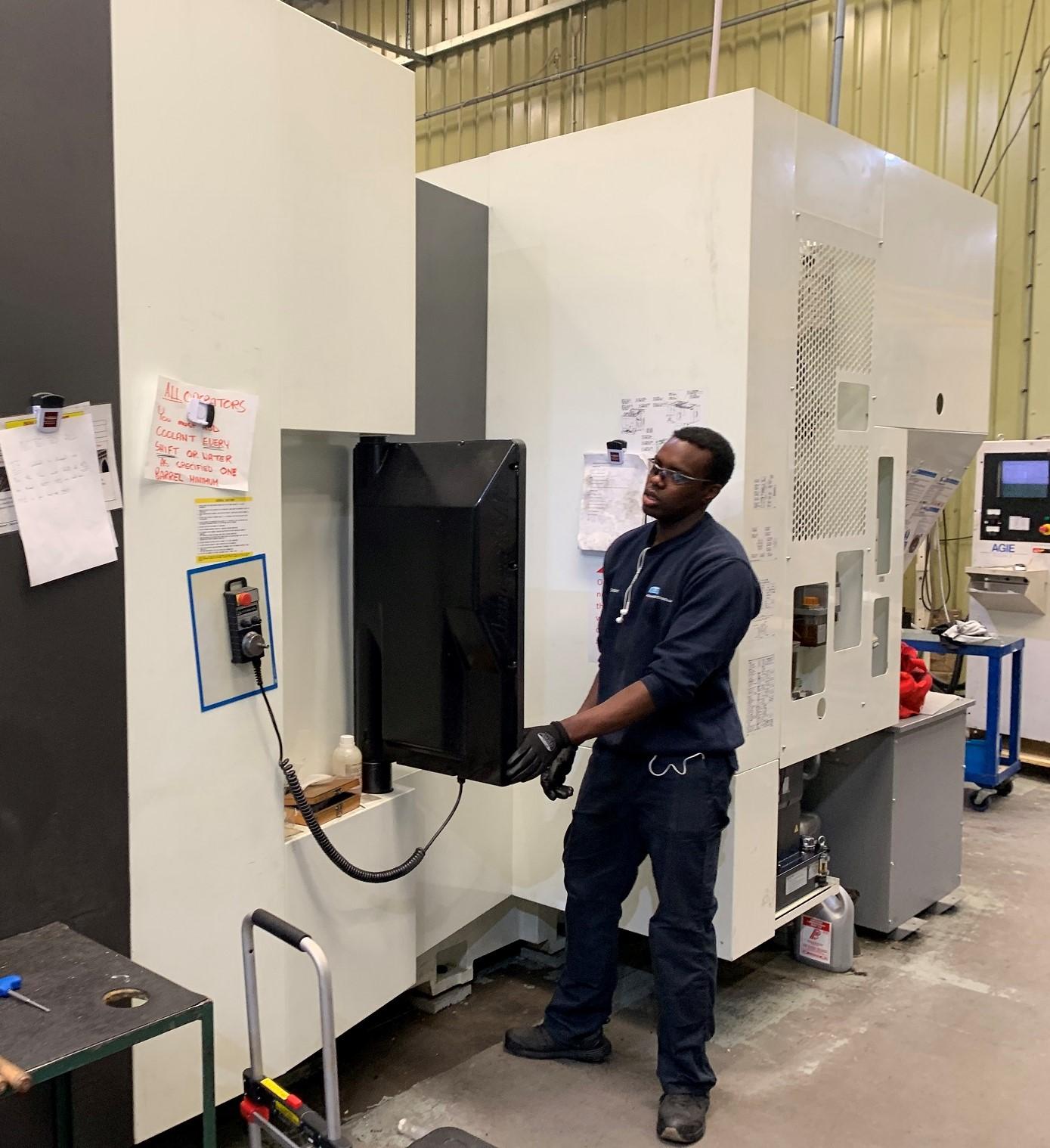
ELE Advanced Technologies has installed a third Kitamura machining centre for the production of industrial gas turbine components from exotic materials.
ELE has an aerospace pedigree that dates back to 1955 when Earby Light Engineers (ELE) was founded to manufacture compressor blades for Rolls-Royce. In the 65 years since, the Colne based company has expanded its scope by targeting the aerospace, power generation and automotive industry sectors.
In fact, the diversification into the automotive market, and in particular the commercial diesel market has seen the company open a manufacturing facility in Slovakia to supply global commercial diesel engine manufacturers. In the last decade, the company has invested heavily in production equipment for the manufacture of IGT, aerospace and automotive power generation components and assemblies such as blades, vanes and a complete range of turbine components. Part of this investment has included the installation of three Kitamura machining centres, with the latest machine arriving from Dugard at the start of April - during the pandemic lockdown period.
The most recent purchase from Dugard Machine Tools is the Kitamura Mycenter HX500iG/630, which is an identical model and specification to an HX500iG/630 that was installed in 2017.
Commenting on the purchase of the third Kitamura machine, David Dudley from ELE Advanced Technologies says: “The reason that we bought the third machine is that the process from the other two machines is such a repeatable process, we wanted a machine that we could plug in and play, and just start making components that will conform to specification perfectly.
“The parts we are making on the Kitamura machines are being installed on an industrial gas turbine engine and they are manufactured from exotic materials like nimonic. The parts have very tight tolerances and the materials are very difficult to machine. With the Kitamura machines, you can load a part, machine it and then be confident that when you put it on the CMM, everything will be 100% correct.”
The machines have allowed the use of ceramic end mills that have reduced the long cycle times required by removing material much faster and the rough machining stage.
“This gives us the ability to rough machine a lot faster and then come in with finishing tools for the final passes,” says David.
The Kitamura Mycenter HX500iG/630 machines have a 50 tool ATC as standard, along with a high-torque 12,000rpm dual contact BT50 spindle configuration and a twin pallet configuration.
David says: “The reason for the twin pallet setup is twofold. Firstly, there is the obvious benefit that we can load one pallet whilst the other is ‘in-cycle’ which reduces our setup times and keeps the spindles turning. Additionally, we are introducing a lot of new products all the time. With the twin pallet, we can use one pallet for production parts whilst simultaneously using the next pallet for development parts. This ensures we can get new projects up and running without disrupting production. This allows us to mix-and-match our production.”